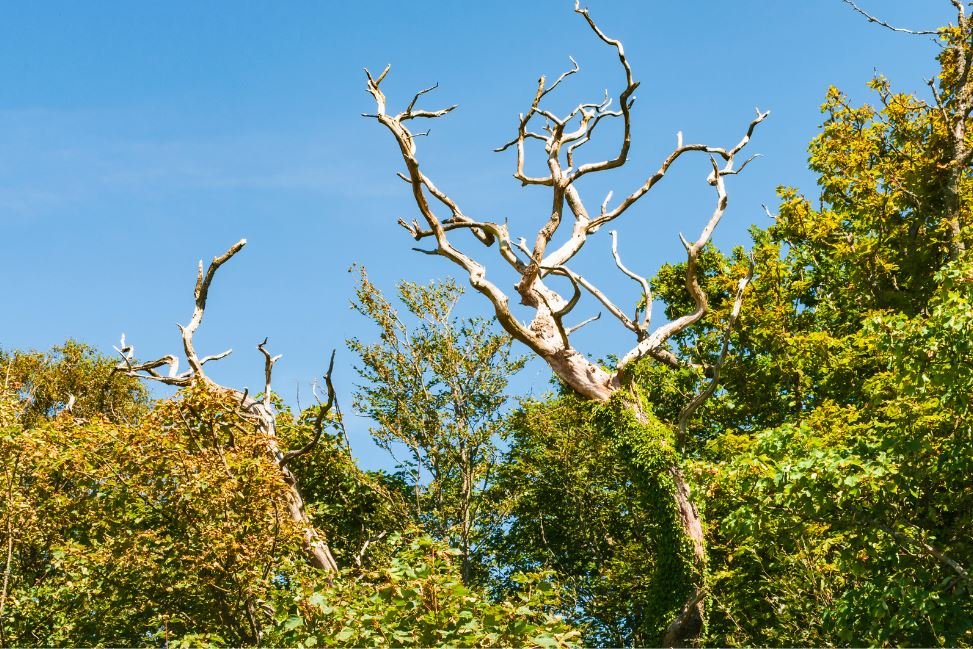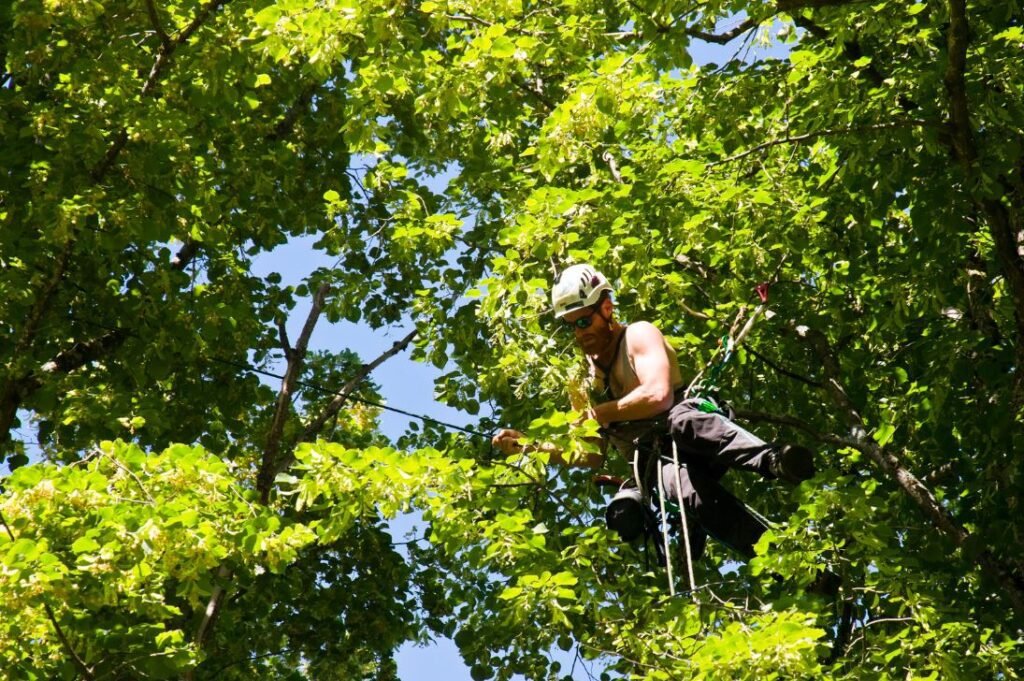Tree insects or pests
Through direct or indirect invasion insects and pests can cause considerable damage. Alongside the application of pesticides, pest control has evolved to include other options. Collectively these methods are referred to as Integrated Pest Management (IPM). This is a complex strategy that involves comprehension of how pests interact with their host, with the general climatic conditions, plant health, and nutrition and with each other.
The pest management method should be compatible with other tree management strategies. Not all the insects present in a landscape cause economic or physical damage. Pesticides should not be applied indiscriminately just by sight of a few insects. Other climatic and cultural factors that may reduce the pest numbers should first be considered.
The most popular pests and insects that attack trees include; aphids, mealy bugs, elm leaf beetle, bronze birch borer, leaf miner, spider mites and many other insects. These insects severely reduce the ably of trees to fight other biotic or environmental conditions like drought and heat.
Categories of insects and their control.
Boring Insects: These include elm bar beetle, Asian longhorned beetle, dogwood borer amongst others. The tunnel deep into the stems cutting off waster conducting tissues. If left untreated for a long time they can cause the death of the tree.
Control of these insects can be achieved by pruning, watering, fertilization, and mulching. The goal is to keep the tree as healthy as possible. Dead wood should be removed from the field.
There a number of chemicals and sprays that can be used for the treatment of affected trees. These include the multi insect killer tree injection kit. This is injected directly to the tree’s trunk. The soil can also be drenched with insecticide once a year. This is applied in the fall or early spring and can help fight the borers throughout the growing season.
Chewing insects: Examples include tent caterpillars, leafminers, gypsy moth, cankerworm, Japanese beetle among others. These insects are broadly categories as defoliator. The migrate to leaves and fruits and cause damage by chewing.
Insecticides can generally be used to kill the insects. Physical barriers can also be used for controlling movement up and down a tree and hence interfering with their lifecycle. Healthier trees are more likely to withstand pest attacks. Maintaining trees in good health and vitality helps with the immunity of the trees.
There are a number of effective sprays and chemicals that can be used for treatment. These include bug buster and safer’s trounce yard and garden insecticide. However, these should probably be recommended by an arborist.
Sucking insects: These include aphids, trips, spider mites and scale insects. They can literally suck the life out of a tree. Most of these are relatively immobile. They form a hard-protective coating on the plant parts they derive juices from. In return, they produce a sticky substance known as honeydew.
Various insecticides such as aphid chaser, bug buster, and insecticidal soap can repel these insects away.
Pest control methods generally.
Spraying: Sung recommended pesticides and insecticides in a spray helps to cure and prevent invasion. The particular chemical to use should be recommended by an extension officer. Proper precautions should be exercised while handling farm chemicals.
Injection: injections are the best option for controlling insects that live deep within the cambium layers of a tree. Injections also address any environmental concern that comes with spraying insecticides. Injected chemicals can also hardly find their way to groundwater supplies.
Fertilization and watering: These practices maintain health and vitality of trees which indirectly helps fight insect infections. addition of nutrients strengthens the tree defense system. A strong tree can fight the impact of leaf-chewing insects.





